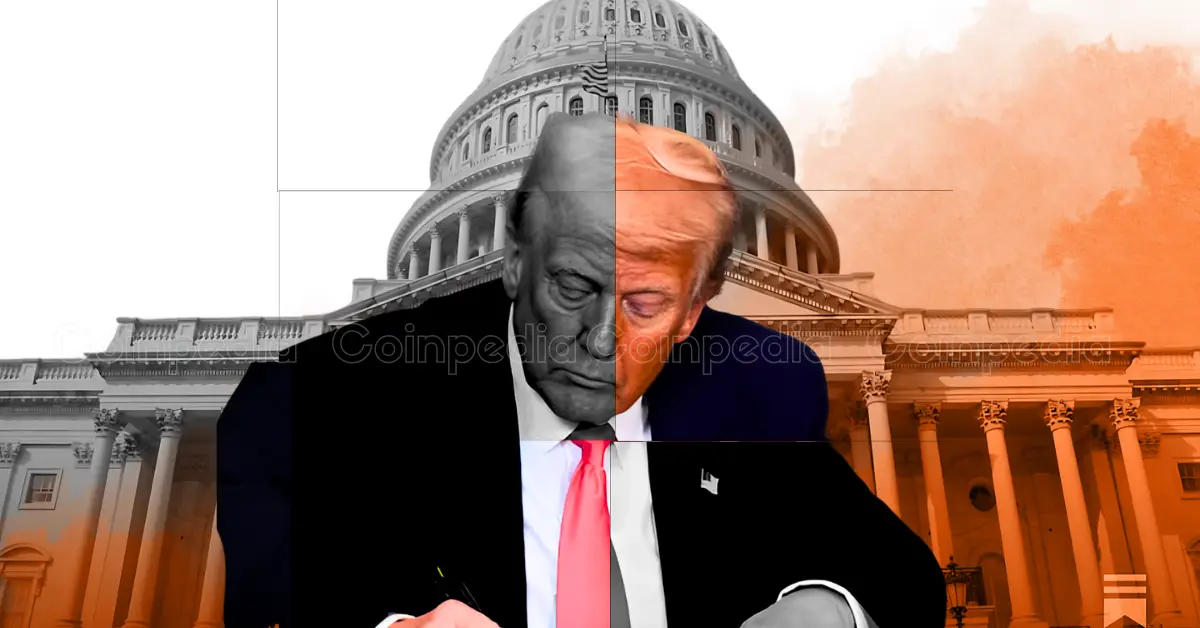
In a big win for President Donald Trump, the U.S. House of Representatives has passed a major budget bill that includes large tax cuts and slashes trillions in government spending. The vote marks a major step forward in Trump’s economic plan. He has proudly called it “a big, beautiful bill” and sees it as a major success for his administration and supporters – but it’s also stirring up a storm in Washington.
The bill has sparked fierce debates, raised questions about America’s growing debt, and set the stage for a showdown in Congress. What’s in the bill, and why are both sides digging in so hard?
Let’s break it down.
The bill passed narrowly in the House with a 216-214 vote on Thursday. Trump took to social media soon after, declaring:
“Congratulations to the House on the passage of a Bill that sets the stage for one of the Greatest and Most Important Signings in the History of our Country.”
However, the journey is far from over. While both the House and Senate have passed their own versions of the bill, they now face the task of merging them into one unified draft through a legislative process known as Reconciliation, which is required before it can land on Trump’s desk for final approval.
The House version of the bill features more aggressive spending cuts and proposes an estimated $5 trillion in tax reductions. However, experts warn that such measures could add as much as $5.7 trillion to the national debt over the next decade. With the U.S. already grappling with a staggering $36 trillion debt, critics argue that the plan could worsen the fiscal burden unless offset by alternative savings or new revenue streams.
Earlier in the week, House Speaker Mike Johnson delayed the vote due to concerns it wouldn’t pass, given the Republicans’ slim majority. At first, several Republicans opposed the bill over debt concerns, demanding larger spending cuts. But by Thursday, only two Republicans voted against it.
Senate’s Softer Approach to Spending Cuts
On Saturday, the Senate passed its version of the bill, which includes at least $4 billion in spending cuts—a much smaller figure compared to the $1.5 trillion proposed in the House bill. Senate Republicans say the $4 billion is only a minimum, and they plan to push for deeper cuts as talks continue.
Trump’s proposed budget includes significant tax breaks and controversial spending cuts. These include reductions in taxes on tips, overtime pay, and even Social Security benefits. Supporters argue that the bill will stimulate economic growth, but critics warn that it could deepen the national debt and put social safety nets at risk.
The White House insists that increased tariffs will help recover lost revenue. However, economists caution that fewer imports could actually reduce overall tariff income, complicating efforts to balance the budget.
Treasury Secretary Scott Bessent applauded the bill, stating it reflects the administration’s strong commitment to economic growth. However, with the new plan potentially inflating the deficit, Congress may soon face another politically charged battle over raising the U.S. debt ceiling.
Democrats have fiercely opposed the bill, calling it reckless—particularly over proposed Medicaid cuts. They’ve vowed to intensify their fight as the bill advances through Congress.
The budget battle unfolds amid growing economic uncertainty sparked by Trump’s tariff policies. His sudden pause on new tariffs triggered a sharp rebound in the stock market following four consecutive days of losses. The 90-day delay on steep tariffs for countries excluding China caught many by surprise and led some lawmakers to question whether select individuals had prior knowledge of the move.
In response to the criticism, White House officials pushed back hard. Senior advisor Peter Navarro downplayed the market fluctuations, calling them a “normal pullback” and brushing off concerns about long-term economic damage.
He also accused media outlets of exaggerating the situation and spinning it into a political controversy.
The bill involves massive tax cuts of around $5 trillion and large cuts in government spending which also includes programs like Medicaid and Social security benefits. The White House insists that increased tariffs will help recover the lost revenue.
While the House and the Senate have passed different versions, they now need to merge them through a process called reconciliation before the President can sign it into a law.
While most presales slow down before hitting momentum, Mutuum Finance (MUTM) is doing the opposite—accelerating.…
The XLM price has made a strong comeback in July, as the crypto registered a…
Ripple’s native token, XRP, has just climbed to the third spot in the global crypto…
Binance co-founder and former CEO Changpeng “CZ” Zhao is threatening legal action against Bloomberg over…
On Friday, the top Democrat on the House Financial Committee, Congresswoman Maxine Waters, declared that…
The administrator of BlockFi, a cryptocurrency financial services company, has settled a $35 million crypto…